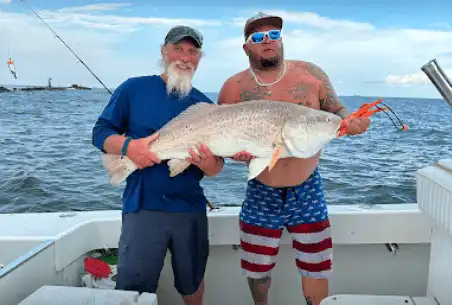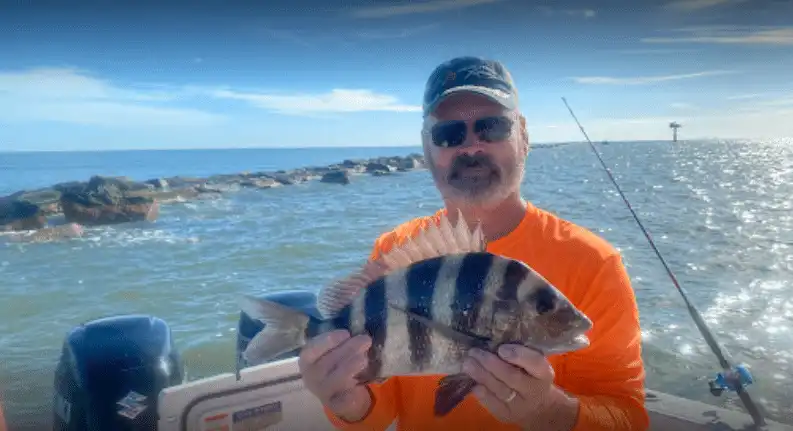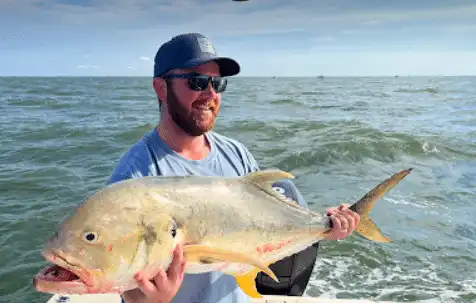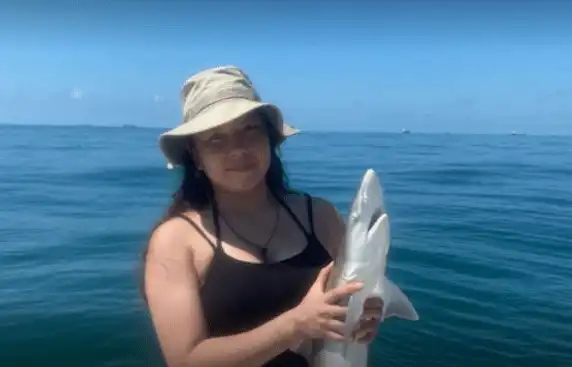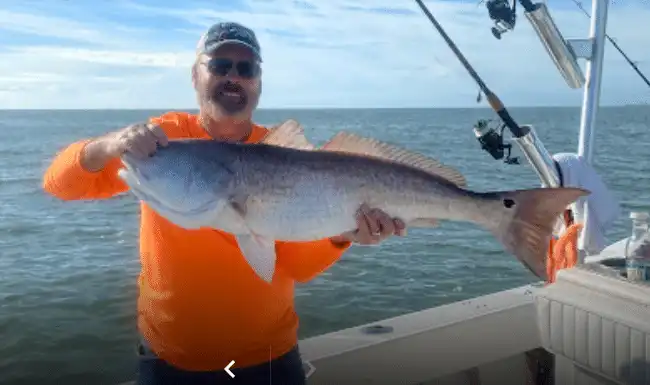10 Tips to Have a Great Fishing Trip in Galveston Bay
Embarking on a fishing trip in Galveston Bay offers not just a chance to catch a variety of fish but also to enjoy the scenic views and vibrant marine life of the Texas Gulf Coast. Whether you are a novice angler or an experienced fisherman, Galveston Bay has something for everyone. Here are ten tips […]










